Bards are frequently the focus of attention at a celebration. They are usually the comedic relief, the one that can come up with quick quips and puns, and the music-loving free spirit.
Often described as the party’s goofball, having a bard accompany him on his travels would undoubtedly make the trip more interesting.
Most of the time, they concentrate on casting magic spells using their favorite musical instruments. They can, for example, heal party members by playing a sick tune on their horn.
They can enhance their comrades with the pounding of the drums and debuff their opponents with the ear-shattering sound of their violence. Because of their utility, they are well-liked support characters.
However, bards can be the major attraction during warfare. They can expertly slice and dice their opponents with knives.
They can become highly trained and competent warriors who can fight and entertain people with swords. You may be wondering how this is feasible.
When a bard picks the College of Swords as their bard college, all of this is available.
Hello and welcome to the College of Swords Guide.
When you join the College of Swords at 3rd level, you gain proficiency with medium armor and the scimitar. If you‘re proficient with a simple or martial melee weapon, you can use it as a spellcasting focus for your bard spells.
Xanathar’s Guide to Everything
- What is the College of Swords?
- What are the Benefits of the College of Swords?
- Bonus Proficiencies
- Maximizing Bonus Proficiencies
- Bonus Proficiencies Roleplay Tips
- Maximizing Fighting Style: Two-Weapon Fighting
- Blade Flourish
- Maximizing Blade Flourish: Defensive Flourish
- Maximizing Blade Flourish: Slashing Flourish
- Maximizing Blade Flourish: Mobile Flourish
- Blade Flourish Roleplay Tips
- Extra Attack
- Maximizing Extra Attack
- Extra Attack Roleplay Tips
- Is College of Swords Good?
- College of Swords vs College of Valor
- A Note on Ability Scores
- FAQs
What is the College of Swords?
From Xanathar’s Guide to Everything, the College of Swords is a bard college. Bards are known as blades at this academy, and they are trained to entertain audiences with their skill of weaponry.
They are capable of performing insane and daring exploits such as sword swallowing, require knife throwing, and even juggling.
Their weapon proficiency also serves them well in combat, as they may employ their abilities to deliver devastating blows to their opponents.
Using D&D weaponry as a kind of entertainment can be exciting for a show, and the same can be said for a blade’s life. Many blades in the D&D universe live double lives in order to get the most of their talent.
Although most people do not trust a blade among them, buddies are nonetheless necessary for swords. If you’re a bard eager to get in on the action, make up an interesting reason for joining the College of Swords.
When you choose the College of Swords as your favorite bard college at level three, you gain all of its bonuses and more as you level up.
What are the Benefits of the College of Swords?
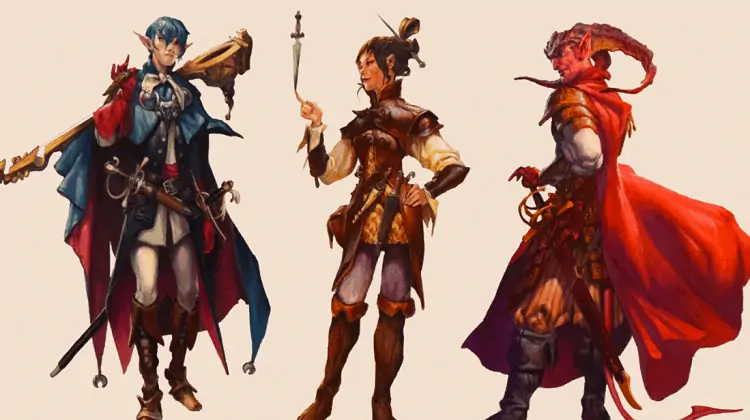
Bonus Proficiencies
Bard Level Needed to Learn: level 3
More abilities are usually beneficial. This function can also help you improve your Armor Class (AC).
It also adds a spellcasting concentration and a new weapon proficiency.
The Bonus Proficiencies, when combined with the other benefits of being a College of Swords bard, provide you more options in combat.
Maximizing Bonus Proficiencies
Medium armor is quite effective.
To maximize it, you must have a Dexterity score of at least 14. You’ll be able to benefit from the full +2 to your AC this way.
If your Dexterity score is greater, you will be unable to use this ability to increase your AC beyond the +2 provided by the armor.
But don’t be concerned! because there are other ways to boost your AC such as magic items, spells, and clever use of cover on the battlefield. And the Defensive Flourish ability, which we’ll go through later.
If you practice the Two-Weapon Fighting Style (more on that in the next section! ), the scimitar can be handy. as well as if you want to vary the type of weapon damage you deal.
Without scimitar proficiency, your only slashing options are handaxes and sickles. And that’s fine. The scimitar, on the other hand, is more in line with the flavor of this class.
The weapon-as-spellcasting focus is useful (pun intended) because you no longer need to worry about having a free hand to wield your musical instrument or access your component pouch.
Your sword is now the key to your spells, and you can cast as much as you choose.
It’s particularly beneficial if you prefer the Two-Weapon fighting method, as you won’t have to waste time dropping your sword and picking up your focus every turn.
Bonus Proficiencies Roleplay Tips
There are numerous methods to roleplay acquiring and use these talents.
You enrolled in the College of Swords and excelled right away.
Consider how your character would respond to the following questions to help you generate ideas:
- Why did you decide to attend the College of Swords?
- Were you expecting to learn these skills, or were you taken aback by them?
- Will you alter your combat strategy and entertainment routines now that you have these additional skills? Why or why not?
- Are you going to buy new equipment as a result of your improved skills? How will it appear?
Look for opportunities to discuss your responses with your party; perhaps you’re ordering new armor and describing it to the seller.
Perhaps you’re practicing with your new scimitar and discover that using it comes effortlessly to you, and you look beautiful doing it.
Don’t be afraid to flaunt your abilities. The most essential thing is that you have a good time.
Fighting Style
Bard Level Needed to Learn: level 3
The blade has a fighting speciality, and upon attending the College of Swords at level three, the blade can choose one of the alternatives listed below.
It should be noted, however, that you can never select a Fighting Style choice more than once. Ever. So, pick wisely.
Choosing this fighting style grants your character a +2 bonus to damage rolls when using a melee weapon in one hand and no other weapons.
This means that you cannot benefit from this fighting technique when utilizing two-handed weapons. If you utilize versatile weapons in one hand, you can benefit from them.
Fighting with two weapons. It’s wonderful to have a blade in your hand to bash your opponents with, but how about adding another?
When using two weapons, the modifier ability is not normally applied to the damage of the second attack.
With this fighting technique, you can get rid of the annoyance and add the modifier ability to the damage of the second attack.
Valor bards struggle because they can’t utilize a shield while casting spells or making weapon attacks, although they are largely balanced around being able to have one.
Swords bards, on the other hand, can choose to have a free hand for spell casting with no negative consequences. Combat Inspiration is also clearly inferior than Blade Flourish. (Reddit thread)
Blade Flourish
Bard Level Needed to Learn: Level 3
Being a blade on the battlefield entails being quick, agile, and effective. When you attack an opponent during your turn in combat, your walking speed improves by 10 feet until the end of the turn.
Furthermore, if the strike hits your opponent successfully, you can use one of the Blade Flourish choices listed below.
You may select any of these options, but you may only utilize one every round. When you choose the Blade Flourish option, you expend one use of your Bardic Inspiration; the number you obtain is the additional damage you deal with your weapon when a hit is successful.
For example, following a successful strike with a weapon with total damage of 9, a level one bard can utilize any of the Blade Flourish options on an adversary.
They then roll a 5 on their 1d6 Bardic Inspiration dice. As a result, the overall damage would now be 14. This is true for all alternatives.
- Defensive Flourish: You deal more damage as mentioned previously. In addition, your Bardic Inspiration die roll is added to your Armor Class (AC). This effect will persist until the beginning of your next turn.
- A level one bard, for example, uses this, rolls a 5 on their Bardic Inspiration dice, and calculates the extra damage. They add that 5 to their AC, yielding a total of 20. Their AC will be 20 until the beginning of their next turn.
- Mobile Flourish: You deliver additional damage as mentioned previously. Then, you can move your target up to 5 feet away plus many feet equal to the result of your die. Following that, you can use your reaction to travel to an unoccupied spot within 5 feet of your target; the distance you can move is determined by your walking speed.
- A level one bard, for example, uses this, rolls a 5 on their Bardic Inspiration dice, and calculates the extra damage. Furthermore, they can push their opponent up to 5 feet away from them, plus an extra 5 feet from the roll they received (for a total of 10 feet). They can then go to a new unoccupied spot within 5 feet of their target if their walking pace is at least 10 feet.
- Slashing Flourish: You deal additional damage as mentioned previously. You can additionally deal the same amount of bonus damage to any creature within 5 feet of you.
- A level one bard, for example, uses this, rolls a 5 on their Bardic Inspiration dice, and calculates the extra damage. Assume there are additional creatures within 5 feet of you when you hit your target. You can also deal 5 damage to any of these creatures.
Maximizing Fighting Style: Two-Weapon Fighting
When you engage in Two-Weapon Fighting, you usually follow the basic guidelines.
However, if you select Two Weapon Fighting as your Fighting Style, you can add your ability modifier to the damage of your second strike.
In terms of math, Two-Weapon Fighting has a higher potential damage output than Dueling alone.
If you choose this Fighting Style, you’ve already earned skill with the scimitar. Which you should utilize in conjunction with your rapier. The damage gain is significant, and if you increase your Dexterity, you can get a damage benefit of up to +5.
Despite the fact that you cannot use a shield with this Fighting Style, you may profit from multiclassing.
Though fighter is better than paladin since smiting spells require your bonus action, which you need for Two-Weapon Fighting and Bardic Inspiration.
If you do decide to multiclass, I would recommend picking the Defense Fighting Style.
Because Two-Weapon Fighting forces you to spend your bonus action to attack with the second weapon, you’ll have to be selective about when you use it to attack and when you use it to grant Bardic Inspiration to an ally or cast a spell.
Communicate with your party to determine the greatest strategic use for it.
Blade Flourish

Blade Flourish is my favorite.
This is the distinguishing trait of this subclass. What I appreciate best about it, I think, is that the mechanics help visualize the flourish itself, which is useful for roleplay.
Blade Flourish will increase your speed. And if you hit, you can deal more damage and provide a useful effect in exchange for using Bardic Inspiration. Here are the details:
Let’s go over each choice individually and advise ways to maximize each one.
Remember that whenever you take the Attack action on your turn, your speed improves by 10 feet; you don’t need to spend a use of Bardic Inspiration to profit from that feature of it. Only the Blade Flourish options necessitate Bardic Inspiration.
Furthermore, employing this function does not require a bonus action. It is simply something you can do.
Maximizing Blade Flourish: Defensive Flourish
This is the most practical of the three options.
It’s a touch erratic in that you may end up with a massive boost to your AC if you roll well on the Bardic Inspiration dice, or you could be unlucky and roll poorly.
Nonetheless, 1 can mean the difference between an attack roll striking you or missing you.
Because you’ll almost certainly be in melee battle, you’ll have plenty of opportunities to employ this.
However, you only have as many uses of this feature (until level 14, which we’ll get to) as you do of Bardic Inspiration, which you may need to share with your allies.
So, despite how tempting it is, you can’t just spam this feature at every turn.
I’d save this for a confrontation with a lot of foes. Because if you activate it when your party is only fighting a couple of nasty men, you may not even be assaulted. Which is fine—even good—but it will seem like you squandered its potential.
It’s far more satisfying to be attacked and then watch the attack miss due to the AC boost from this flourish.
Maximizing Blade Flourish: Slashing Flourish
This option is likely to be used less frequently than the other two.
To be honest, it’s not the finest use of your Bardic Inspiration when you could be assisting an ally with an attack roll or saving throw.
If you wish to use this option, I recommend waiting until the very end of conflict, when your adversaries are on their last legs, and then falling two at once.
If you chose Two-Weapon Fighting, this Blade Flourish option becomes significantly more appealing because you can use it to increase the damage of your second attack, when you’re already applying your ability modifier.
Maximizing Blade Flourish: Mobile Flourish
This is exciting since all you have to do is strike your target with your attack, and then you can practically shove them without even allowing them to make a saving throw against the effect—it just happens.
There are several ways to optimize Mobile Flourish, and it can be extremely beneficial to your allies.
If you’re in melee battle and have allies nearby, you can try to force the target in their direction so your allies can attack on their next turn.
If the target leaves your party members’ space, your allies will launch an opportunity attack.
You can also take use of this opportunity to relocate the enemy. If you have members of your party who intend to cast area of effect spells, you could try to position the target within the spell’s range.
If you’re in a confined space with adversaries swarming around you, you might perhaps use this Blade Flourish to shove your target within 5 feet of another enemy.
If the target does not move on its turn, you may be able to use Slashing Flourish on it the following round.
During fight, consult with your party to determine how best to drive an enemy.
A little movement control may go a long way; all it takes is some planning.
Blade Flourish Roleplay Tips
Blade Flourish roleplaying is all about how you use your sword.
Are you an extravagant character who enjoys flexing your muscles? Or are you a pragmatic who learnt Blade Flourish only to get stronger?
Consider how you move the weapon and answer the following questions from the perspective of your character:
- When you flourish your sword, do you draw a specific shape in the air? What exactly is it?
- Does battling in a unique setting have an influence on your weapon? Does it, for example, gleam in the sunlight or reflect the flames of a nearby fire?
- Does your Blade Flourish change depending on whatever choice you select? How?
- Do you do anything particularly inspiring when you use this ability, given that it expends Bardic Inspiration?
- Do you have a catchphrase for when you have a hit? If so, what exactly is it?
In combat, your weapon description does not have to be long, but if you can give the table a feel of what your flourish looks like, it gives that extra bit of realism to the fight and breaks up the number crunch.
Extra Attack
This simple yet effective addition to your arsenal is quite valuable.
It essentially means being able to attack again:
Starting at 6th level, you can attack twice, instead of once, whenever you take the Attack action on your turn.
Xanathar’s Guide to Everything
Maximizing Extra Attack
This ability nearly maximizes itself. As a result, it does not necessitate much thought on your behalf.
Stab once, then twice.
If you leveled up in fighter, you can combine this with your Action Surge to attack four times in one turn.
If you chose Dueling, you may get a total of +8 to damage rolls with your sword.
You can do the same if you took Two-Weapon Fighting. However, because you only have one bonus action, you will only be able to attack once with your second weapon.
Extra Attack Roleplay Tips
In reality, you don’t have to play Extra Attack. Because you’ll be using it for the previously described skills, which lend themselves much better to roleplaying than this function.
However, if you still want to roleplay your character learning it in the realm of your game, consider the following:
- How do you feel about gaining this new skill?
- Do you feel much more strong now that you have the ability to attack twice?
- Does your confidence grow as a result of this new skill? How do you demonstrate this?
- Have you altered your technique or style now that you have the ability to attack twice?
You can also roleplay if you multiclassed before receiving Extra Attack, or if you want to multiclass later:
- Why are you taking many classes? How does that appear in the story?
- Who have you met throughout your second class training?
- What difference has your second class made to your strategy and approach as a College of Swords bard?
Roleplaying and having in-story reasons to multiclass can help fill out and make your character more convincing.
It’s also an excellent opportunity for your DM to connect it to narrative points in your game.
Master’s Flourish
When you hit your opponent and use one of your Blade Flourish options at level 14, you can roll to d6 instead of using one of your Bardic Inspiration dice.
This may appear to be the obvious next step. However, keep in mind that by the time you reach this level, your Bardic Inspiration will be a d10, and a d12 at the next level.
Will you roll a higher number to significantly effect your Blade Flourish, or a d6 to save your Bardic Inspiration dice for later purposes?
Is College of Swords Good?
Yes, many people believe that the College of Swords is an excellent subclass for the bard. Some people despise it as well.
Here are some sample questions to help you decide whether the College of Swords is right for you:
- Do you wish to take part in the fighting?
- Do you wish to be more mobile in battle?
- Do you prefer to employ swords rather than spells?
- Are you a fan of two-weapon fighting or dueling?
- Do you feel vulnerable during battles?
- Are you tired of always being the party’s silent supporter?
- Does being a blade fit into the plot of your campaign?
If you answered yes to the majority of these questions, the College of Swords might be for you. As a blade, you can pick between two combat techniques, giving you more options based on your battling inclinations.
My longest-running character is a Conquest Paladin/Swords Bard with a plethora of armor. My character sheet is a lovely jumble of channel divinity, fighting tactics, and bardic nonsense. I enjoy critting, smiting, and then inspiring outrageous amounts of damage. (Reddit thread)
Combat becomes much more versatile when you have Blade Flourishes. You can employ the Defensive Flourish to improve your defense.
Is your adversary too close, or do you want them to be further away? With the Mobile Flourish, you may push them back. Slashing Flourish can be used to get rid of weak enemies that encircle you.
College of Swords vs College of Valor
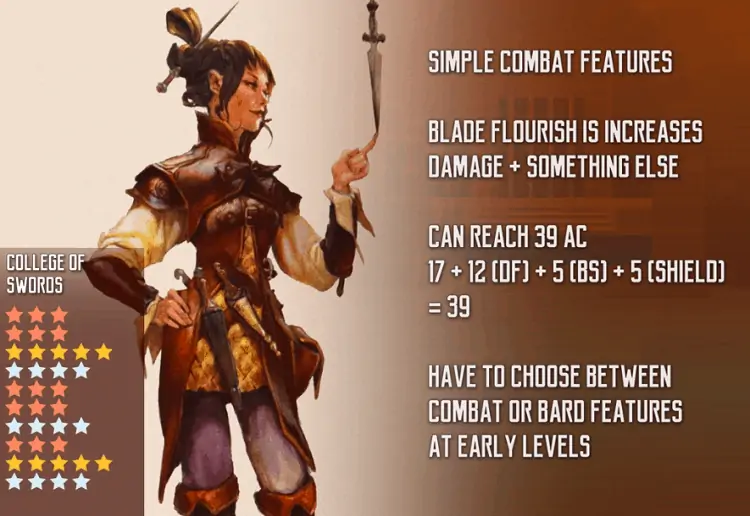
Both of these bard colleges are similar in the sense that they both prepare the bard to fight with weapons on the battlefield.
Both learn how to use medium armor and weaponry.
Both receive Extra Attacks.
To conclude, bards in the College of Swords focus on improving their own melee fighting skills, whilst bards in the College of Valor focus on improving the melee fighting skills of others.
Guide to the College of Swords:
The following are the main distinctions between the two:
College of Swords | College of Valor | |
| Proficiencies gained | Medium Armor, Scimitar | Medium Armor, Shields, Martial Weapons |
| Can gain Fighting Styles | Yes | At the |
| Use of Bardic Inspiration | For themselves through Blade Flourish | For others through Combat Inspiration |
| Can have Extra Attack | Yes, at Level 6 | Yes, at Level 6 |
| Bonus gained at Level 14 | Improvement on existing abilities (Blade Flourish) | A weapon attack as a bonus action when casting bard spells |
A Note on Ability Scores
Typically, bards concentrate on boosting their Charisma scores. Which you should continue to do.
Swords bards, on the other hand, rely largely on dexterity.
If you want to play a Swords bard, you should try to keep your Dexterity and Charisma scores as high as possible.
However, if you want an optimum construction, I’d distribute your stats as follows, from highest to lowest:
Dexterity: Your attack and damage rolls with your sword are determined by your Dexterity score.
Charisma: Normally, this would be your highest stat as a bard, but it should be equal to or slightly lower than your Dexterity score for this college.
Constitution: Investing in this stat will pay off in the form of improved concentration saving throw outcomes and more hit points when you level up.
Wisdom saving throws are common, especially against effects that attack a character’s mind. A high Wisdom score is frequently useful.
Intelligence: You may take it or leave it. You have spells that can provide you with knowledge that Intelligence-based skill checks cannot.
Strength: If your Dexterity is high, you won’t need this stat in fighting at all. There are also fewer skills linked with this ability, and effects requiring Strength saving throws are rare.
FAQs
When Can I Have College of Swords?
When you reach Level 3 in the Bard Class, you can become a bard at the College of Swords. You can also use the Bonus Proficiencies, Fighting Style, and Blade Flourish.
What Book Does the College of Swords Come From?
The College of Swords is found on page 15 in Xanathar’s Guide to Everything.
What Can I Get From the College of Swords?
Level 3 grants you the following abilities: Bonus Proficiencies with medium armor and scimitars; the Fighting Style; and the Blade Flourish ability. You will get an Extra Attack at level 6. You will obtain the Master’s Flourish ability when you reach level 14.
Should I pick Two-Weapon Fighting or Dueling?
It is determined by your desired playstyle, namely how you want to use your bonus action. Your second attack counts as your bonus action in Two-Weapon Fighting. If you have abilities that can be used as bonus actions and wish to use them, Dueling is the way to go. Otherwise, Two-Weapon Fighting is a good choice, especially if your second strike has a high-ability modifier.
Is Dueling + Shield Possible with College of Swords?
It is conceivable, but it is not recommended because bards in the College of Swords do not learn to utilize shields. You can still obtain the +2 damage on your damage rolls and the +2 AC if you employ a shield without proficiency, but you will be at a disadvantage on any ability checks, saving throws, or attack rolls involving Strength or Dexterity. Furthermore, you cannot cast spells, which is a significant disadvantage for bards.
Should I pick College of Swords or College of Valor?
It all depends on your priorities. Do you wish to assist others in melee combat? You should probably go with College of Valor. Do you wish to participate in the melee combat? You should probably go with College of Swords.

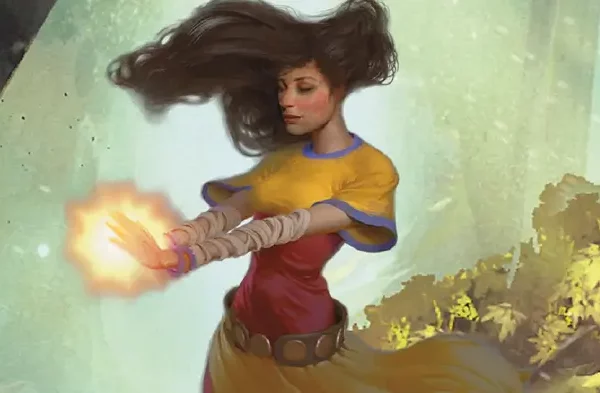


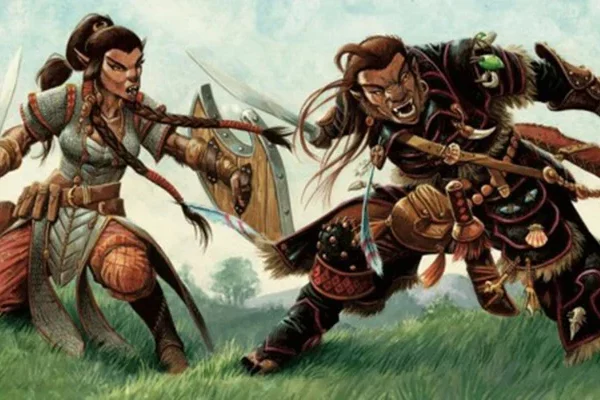

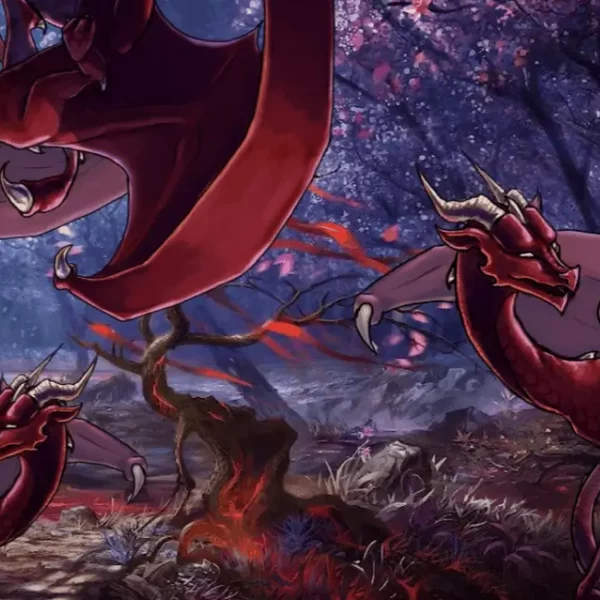
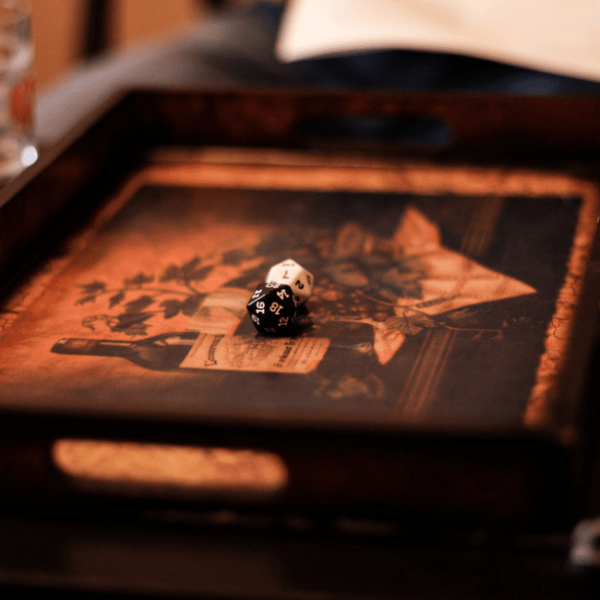

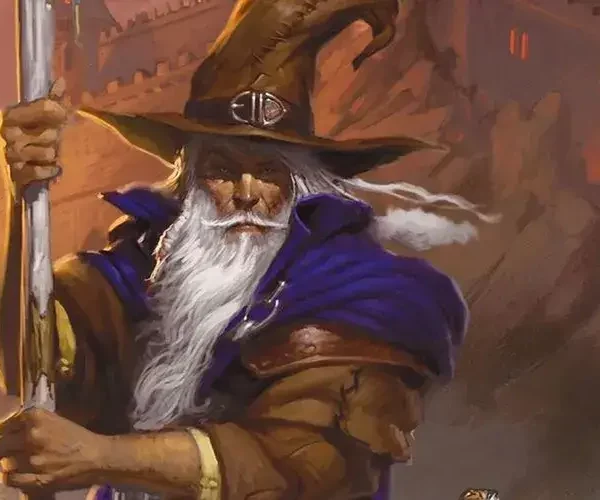
Leave a Comment